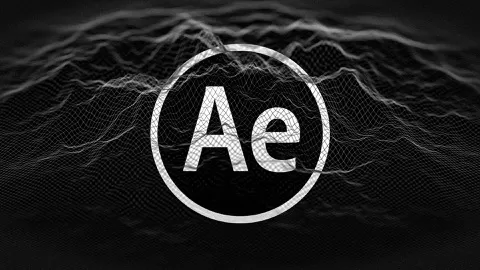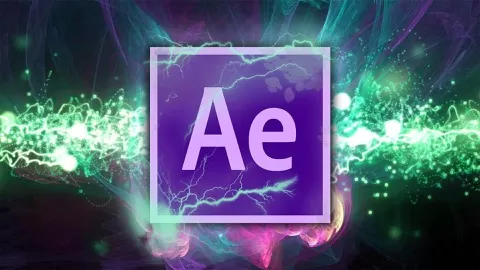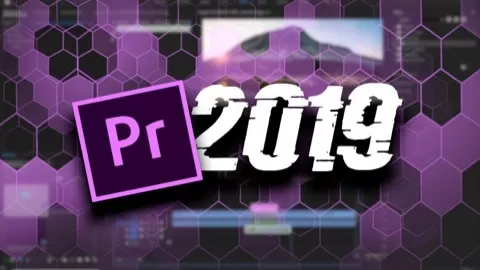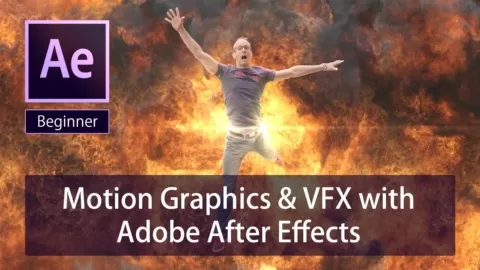INTRODUCTION TO ADOBE AFTER EFFECTS: (AMATEUR LEVEL)
-
After Effects is the leading professional motion graphics and visual effects software. Never used it before? Interested in getting started? With this class, you’ll learn your way around the program and the core functionality that matters to your work–now or in the future.
We’ll cover the fundamental building blocks of After Effects in a way that’s useful to every student and enthusiast, whether you’re interested in become full-time motion graphics designer, starting a new hobby, or even giving creative direction to someone else operating the program.
Whether you use Adobe After Effects to animate a simple title, create complex motion graphics, or composite realistic visual effects, you generally follow the same basic workflow, though you may repeat or skip some steps. For example, you may repeat the cycle of modifying layer properties, animating, and previewing until everything looks right. You may skip the step of importing footage if you intend to create graphical elements entirely in After Effects.
1. Import and organize footage
After you create a project, import your footage into the project in the Project panel. After Effects automatically interprets many common media formats, but you can also specify how you want After Effects to interpret attributes such as frame rate and pixel aspect ratio. You can view each item in a Footage panel and set its start and end times to fit your composition.
2. Create, arrange, and composite layers in a composition
Create one or more compositions. Any footage item can be the source for one or more layers in a composition. You can arrange the layers spatially in the Composition panel or arrange them in time using the Timeline panel. You can stack layers in two dimensions or arrange them in three dimensions. You can use masks, blending modes, and keying tools to composite (combine), the images of multiple layers. You can even use shape layers, text layers, and paint tools to create your own visual elements.
3. Modify and animate layer properties
You can modify any property of a layer, such as size, position, and opacity. You can make any combination of layer properties change over time, using keyframes and expressions. Use motion tracking to stabilize motion or to animate one layer so that it follows the motion in another layer.
4. Add effects and modify effect properties
You can add any combination of effects to alter the appearance or sound of a layer, and even generate visual elements from scratch. You can apply any of the hundreds of effects, animation presets, and layer styles. You can even create and save your own animation presets. You can animate effect properties, too, which are simply layer properties within an effect property group. For more information,
5. Preview
Previewing compositions on your computer monitor or an external video monitor is fast and convenient, even for complex projects. You can change the speed and quality of previews by specifying their resolution and frame rate, and by limiting the area and duration of the composition that you preview. You can use color management features to preview how your movie will look on another output device.
6. Render and export
Add one or more compositions to the render queue to render them at the quality settings you choose and to create movies in the formats that you specify. You can use File > Export or Composition > Add to Render Queue.







